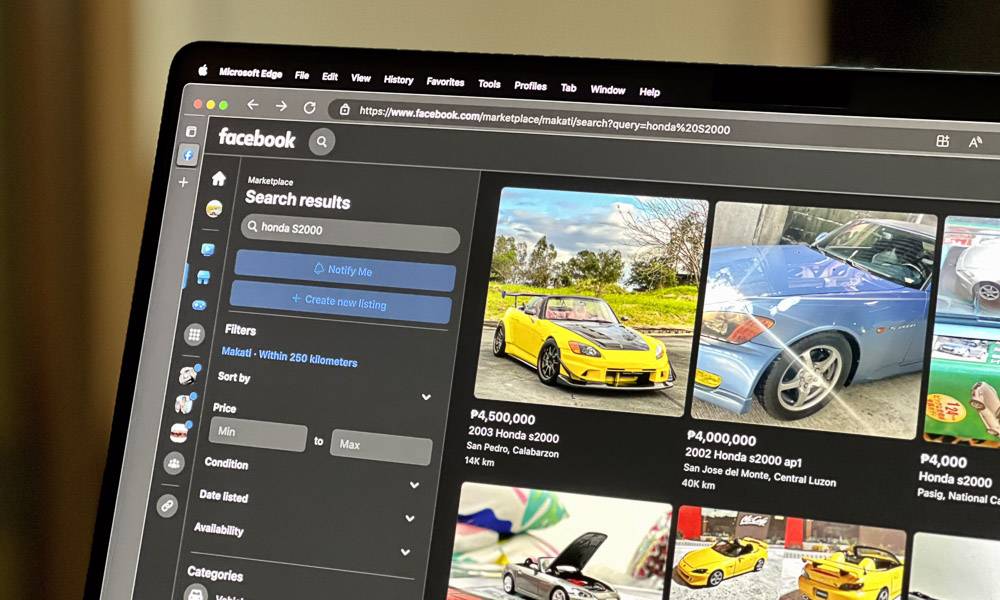
Every day, I find myself browsing through various online marketplaces looking for a variety of things that interest me: cars, car parts, watches, toys (Voltes V, anyone?), and other collectibles, hoping to stumble upon a once-in-a-lifetime deal. Yes, dreaming is free and fun.
And a consistent theme is very apparent: Everything I’ve always wanted in my childhood up until I started my professional adult life—which I couldn’t afford then—sadly still remains almost unattainable now if I wanted to be considered a responsible, prudent, and mature individual. In short, things from my past are now obscenely expensive. Such is the price of nostalgia.
Good if you are the original owner of these consumables and have kept them in pristine condition, sealed away in boxes, and hidden from the elements. The COVID-19 pandemic turned things up to 11 since people would stare all day at their screens poring over stuff, making them desire it further.

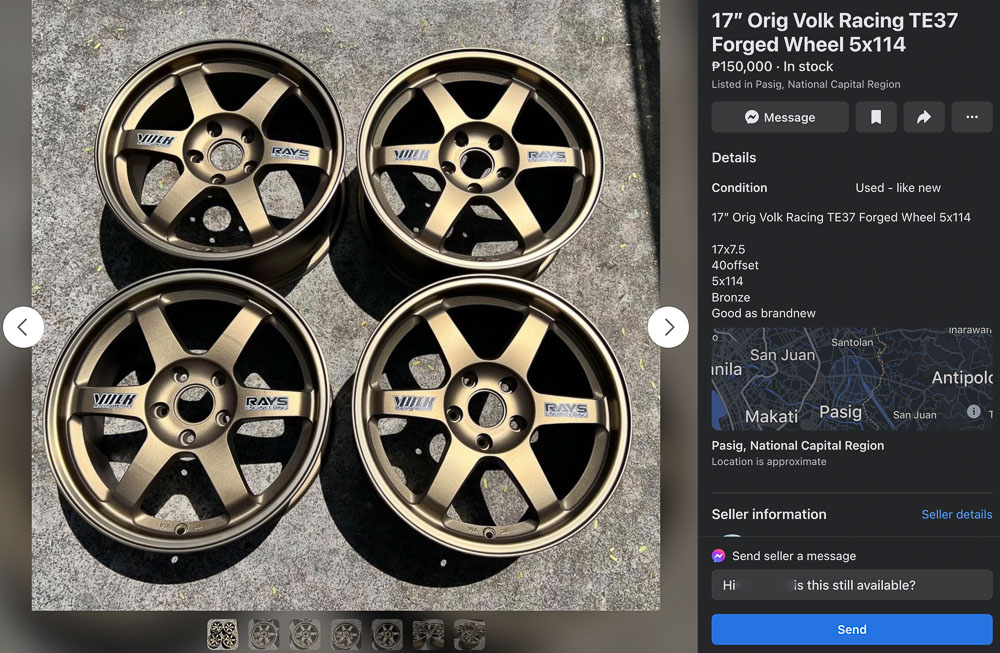
To illustrate my point, I present a few ubiquitous automotive items that are universally known and desired: The Rays Volk Racing TE37 wheels and the seminal Porsche 911, in particular, stand out.
First a little background. The TE37 is perhaps the most popular and widely sought-after aftermarket wheel from the land of the rising sun. TE means Touring Evolution, with 37 meaning 3.7kg heavy for the first forged aluminum alloy wheel that initially measured 15 inches in diameter by six inches in width.
The forged monoblock construction was very light, thereby reducing inertia and unsprung weight, and improving handling, braking, and acceleration. It also came available in a unique shade of bronze with a particular spoke profile that has slowly evolved over the years.
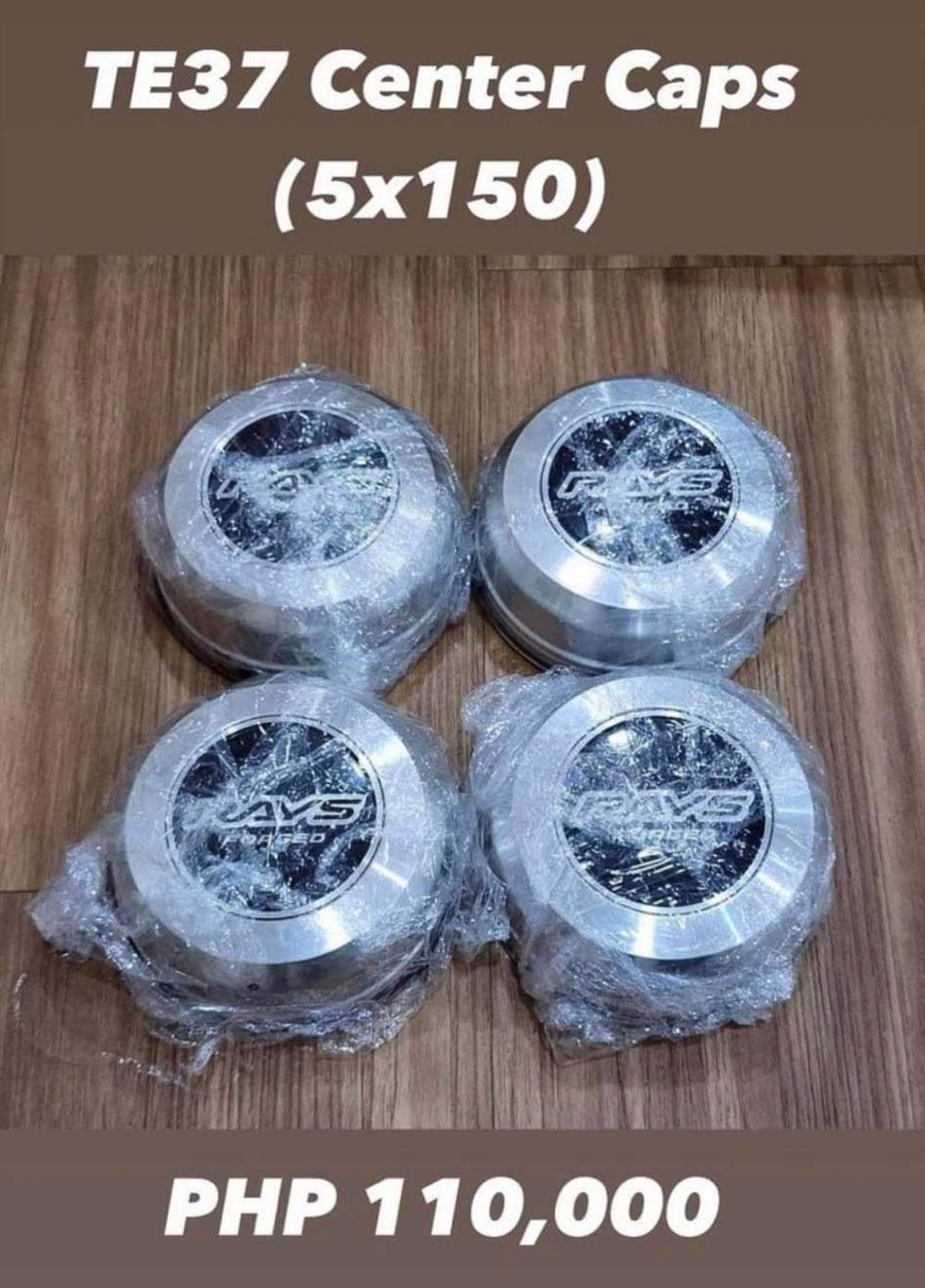
Interesting tidbit: The original bronze color is no more because, according to anecdotal information, the dye used to create the infamous bronze was deemed toxic and thus banned. Rays had to use a different dye and process to get a bronze color which is what is available today.
But old-school is cool, and people, especially die-hard fans and restorers obsessed with period-correct items go gaga searching over the elusive OG (or original) TE37s with their unique spoke shape and profile (plus, that shade of bronze).
And these OG sets can cost as much as double their modern brand-new equivalents despite being over two decades older while possessing no technical advantage. Crazy!
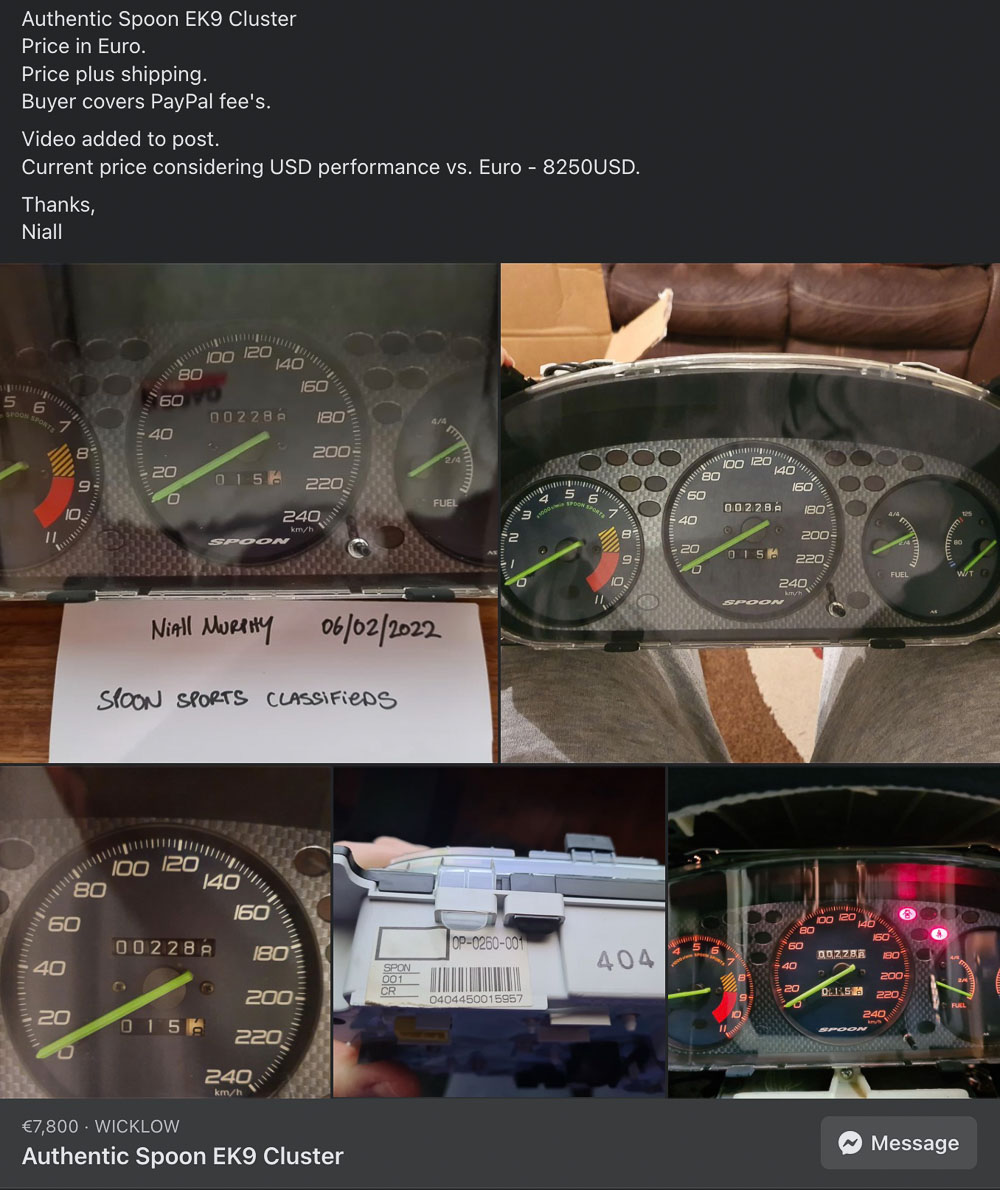
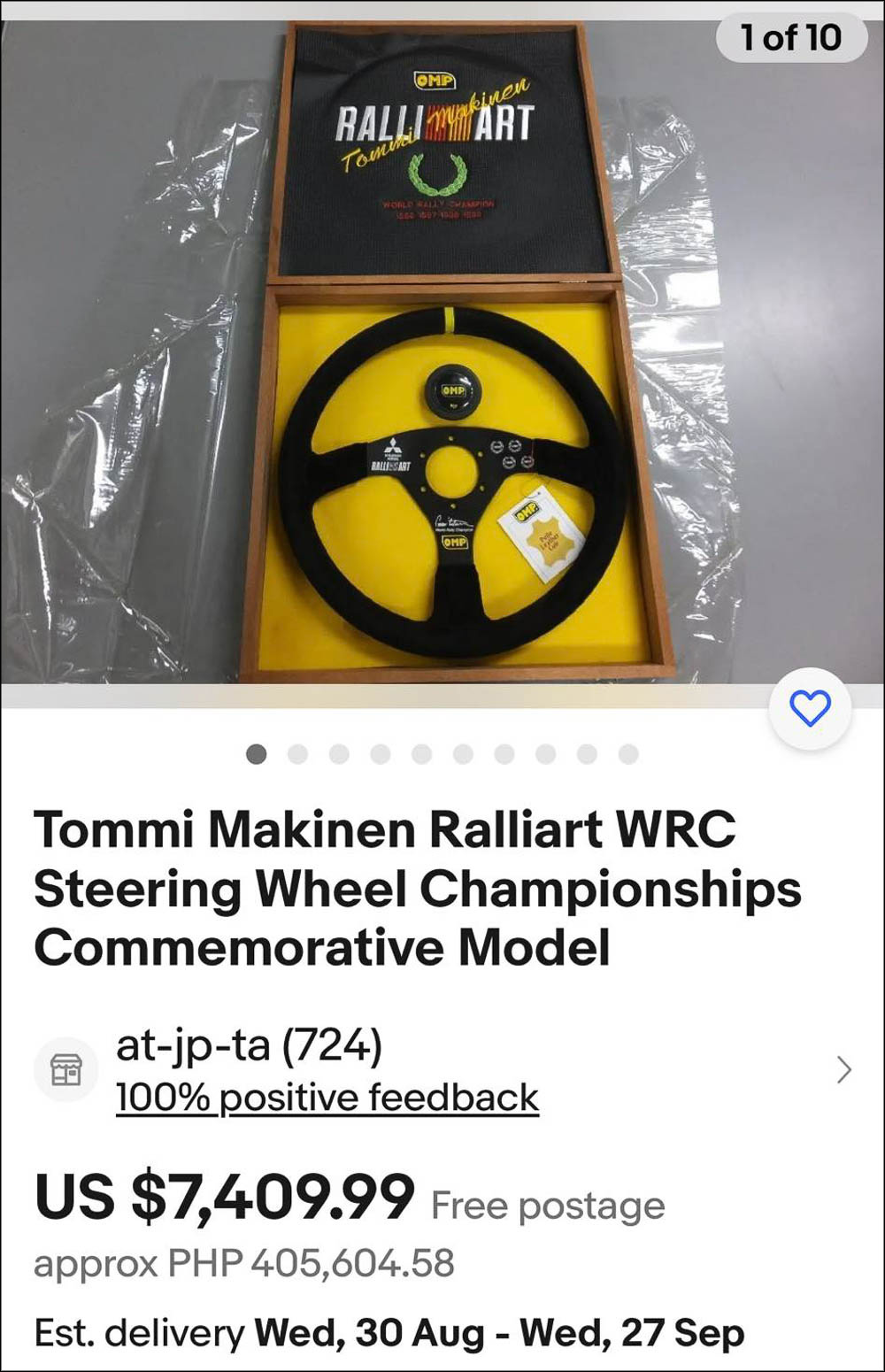
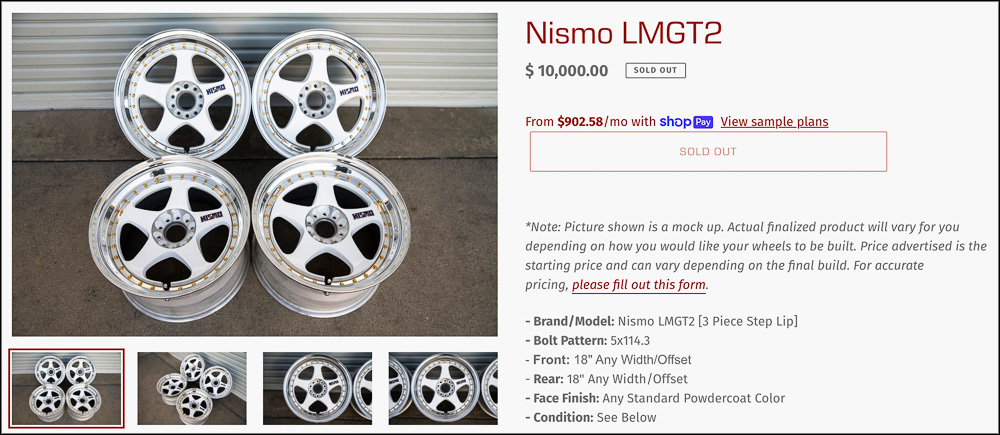
Other ludicrous examples of automotive aftermarket exotica? How about a Spoon Sports instrument cluster for a Honda Civic? According to serial Civic builder Franklin Lu, who has a shop that specializes in fixing Hondas, these were roughly P30,000 when new.
Today, I see a few pop up asking for half a million pesos (or more). In fact, any original factory-special tuner brand item from TRD and TOM’S (Toyota), Ralliart (Mitsubishi), Nismo (Nissan), and Mugen (Honda) is literally now investment-grade stuff.
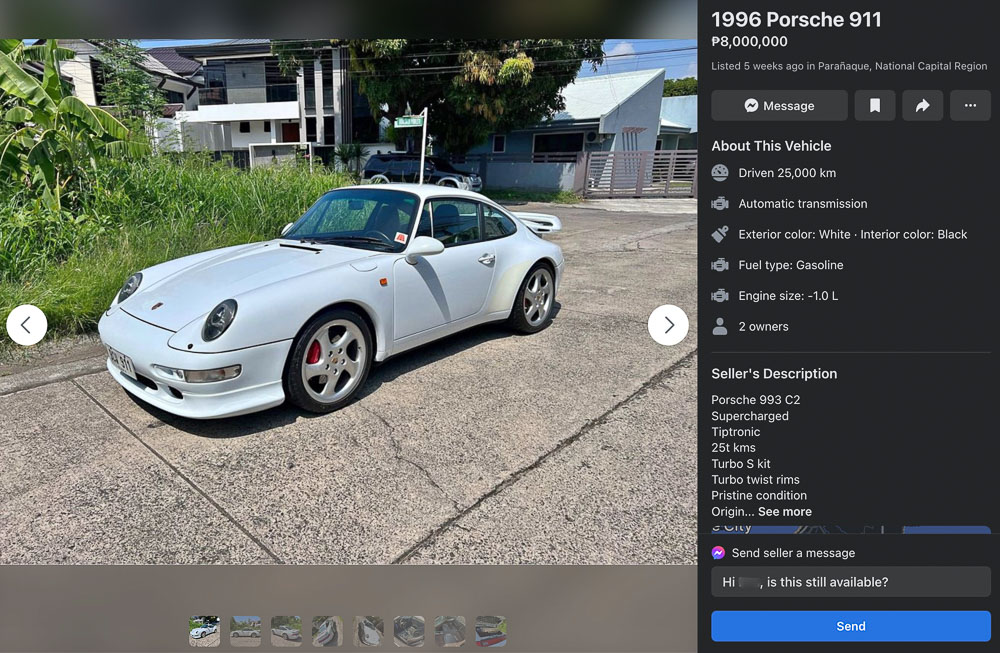
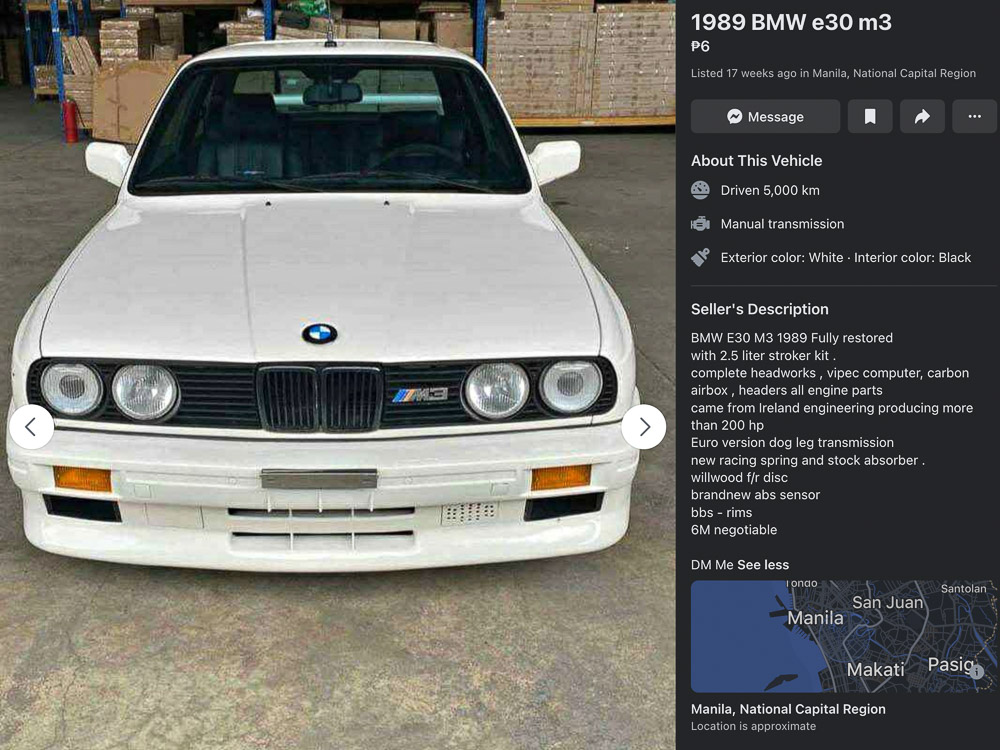
It is the same as the 911 that celebrates its 60th birthday in September, making it the oldest yet most vibrant sex symbol.
Yet less than a decade ago, an air-cooled 964 or even a 993 generation could be had for German executive sedan money, from P2.5 million to P4 million depending on spec and variant. But thanks also in part to newer models becoming very expensive due to strong demand, prices have soared to the heavens.
I saw a basic 993 Carrera Tiptronic selling for P6.5 million online, which almost a decade ago was barely P3 million. A 993 Turbo or Turbo S? I’ve seen P14.5 million, and they sold a few weeks after.
More German metal? The legendary E30 M3 could be had for a million pesos or less in the early to mid-2000s. Today? The best ones fetch P5 million.
Though these cars are in excellent condition, they aren’t exactly low-mileage garage queens either. The thing is, rabid collectors are snapping them up even at these insane prices.
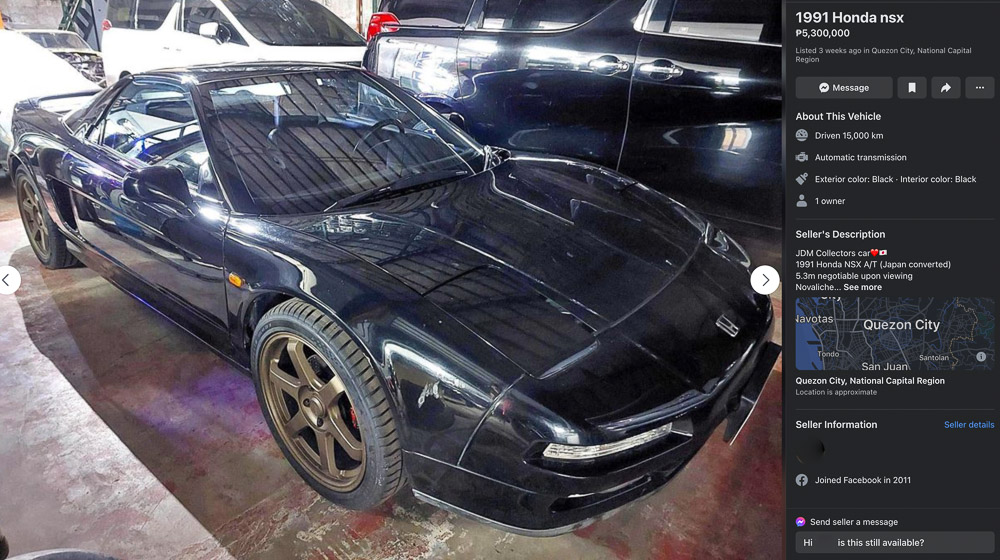
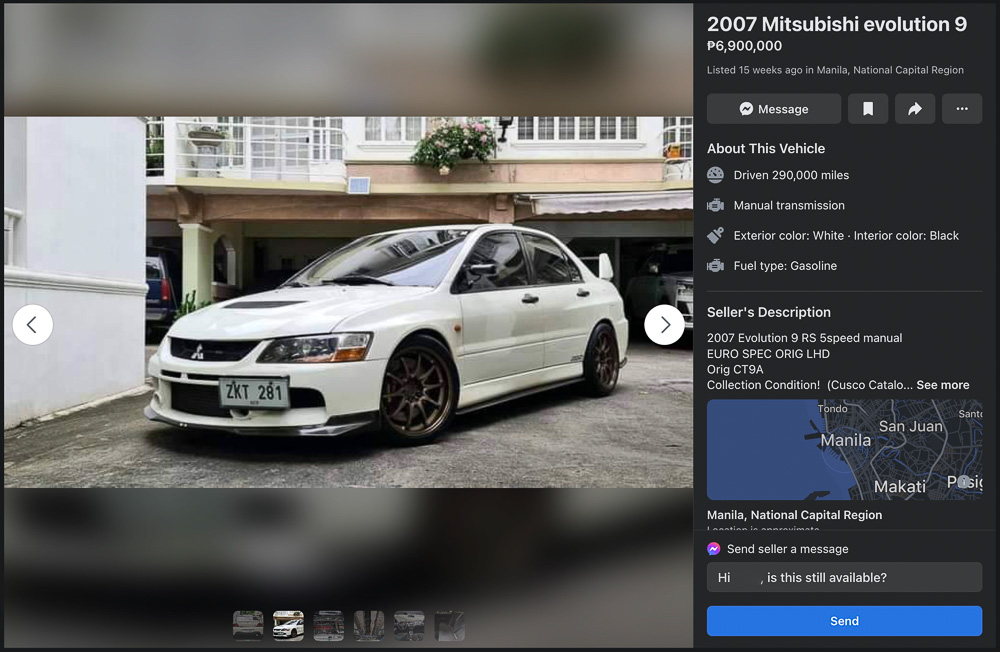
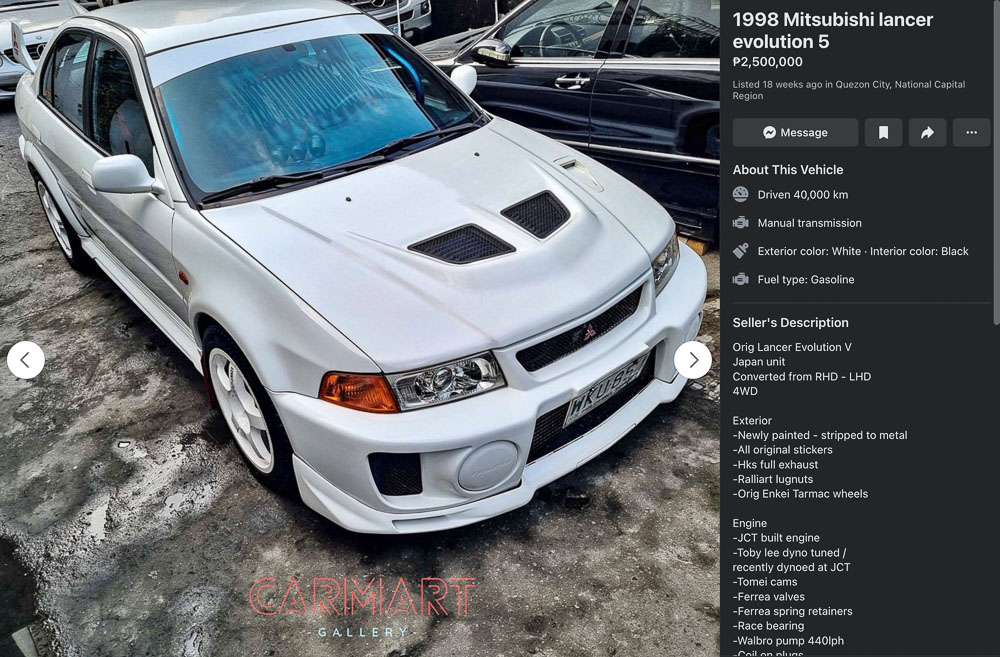
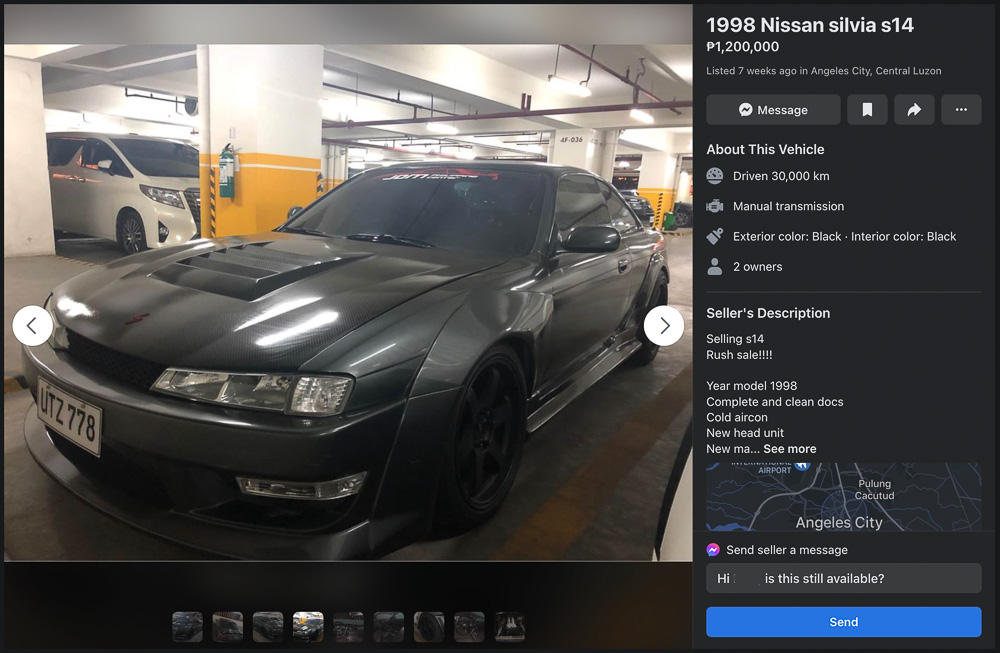
Something more relatable to the everyday man? A Mitsubishi Lancer Evolution V was around P1.85 million back in the late ’90s. Today? Pristine and original left-hand-drive RS models can demand P3.5 million or more.
The later Mitsubishi Evolution IX MR with the six-speed manual? How does P6.9 million sound? It was less than half that when it was introduced well over a decade ago.
Recently, Nissan S-chassis cars have slowly started to pick up, too, considering this platform was plentiful worldwide and was often thrashed regularly on drift tracks across the globe.
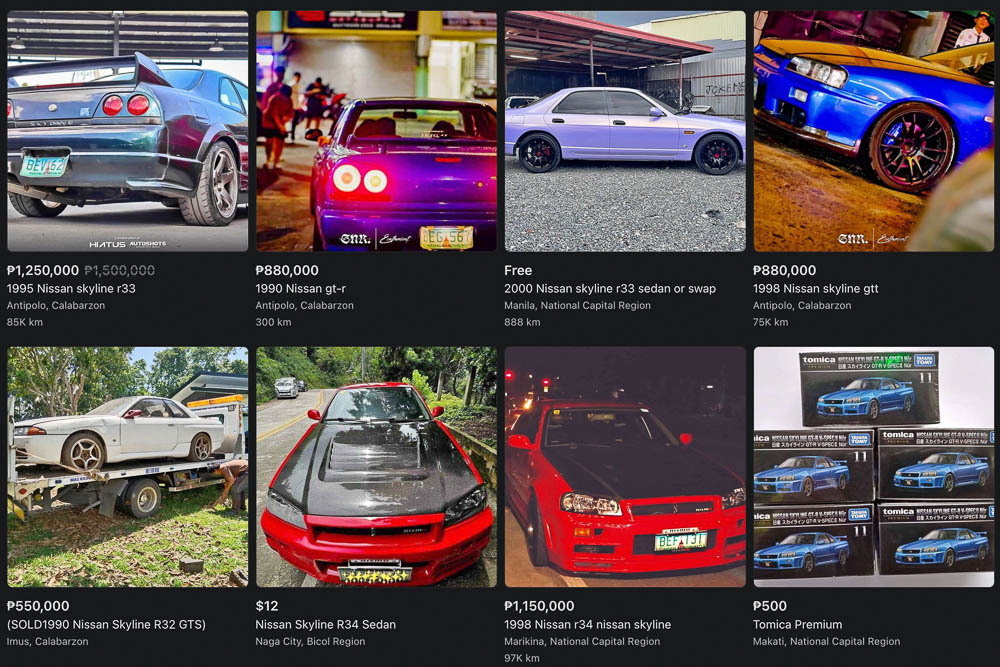
I once asked my good friend and colleague, avid horology expert and motoring scribe Carl Cunanan, what he thought of watches costing well into the millions. His reply?
As long as people buy them, then there is demand, and it will probably continue to grow as people look for more expensive items. And that’s the thing about all of the other stuff mentioned here.
Despite the crazy prices, there are people still buying them, buying into the hype and fueling it further to new heights.
Another way to look at it is the act of “flexing.” The rarer the item you have, the more expensive it is—and the more exclusive level of collectors you belong to, distancing yourself from the average punter.
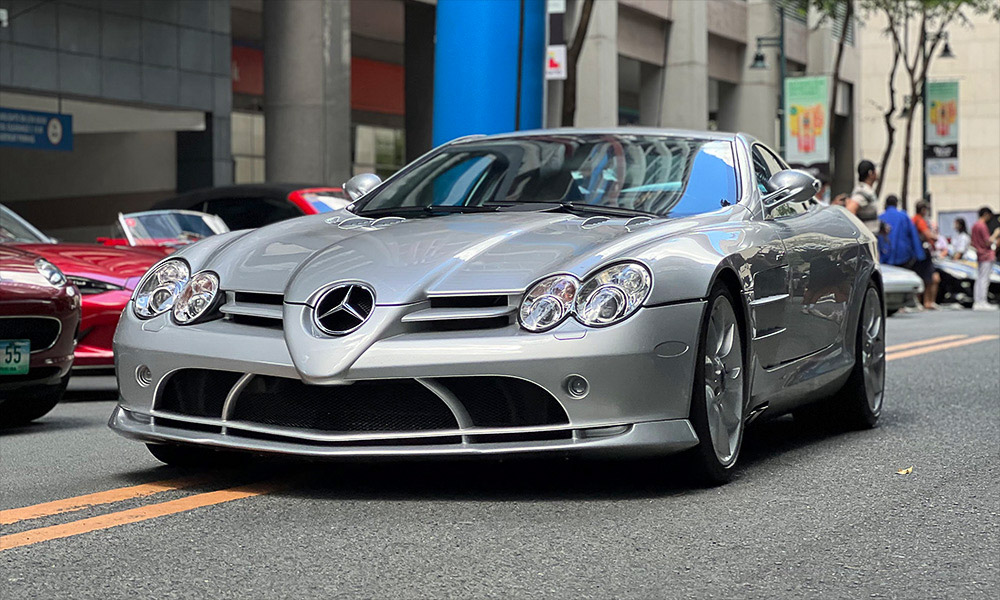
Of course, there are true enthusiasts who simply want one—not to start a collection, but to experience and enjoy their prized acquisition to the fullest. However, I feel this breed is few and far between. Where does that leave the average enthusiast or hobbyist like you and me?
Sadly, we’re left to dream. And perhaps the biggest travesty? These fine automotive pieces will remain hidden, kept in storage or garages, probably never to see the light of day, very rarely driven—at best, hard-parked at some coffee shop to flex for clout.
Moving forward, what do you think will be the next hyped-up piece of automotive nostalgia?

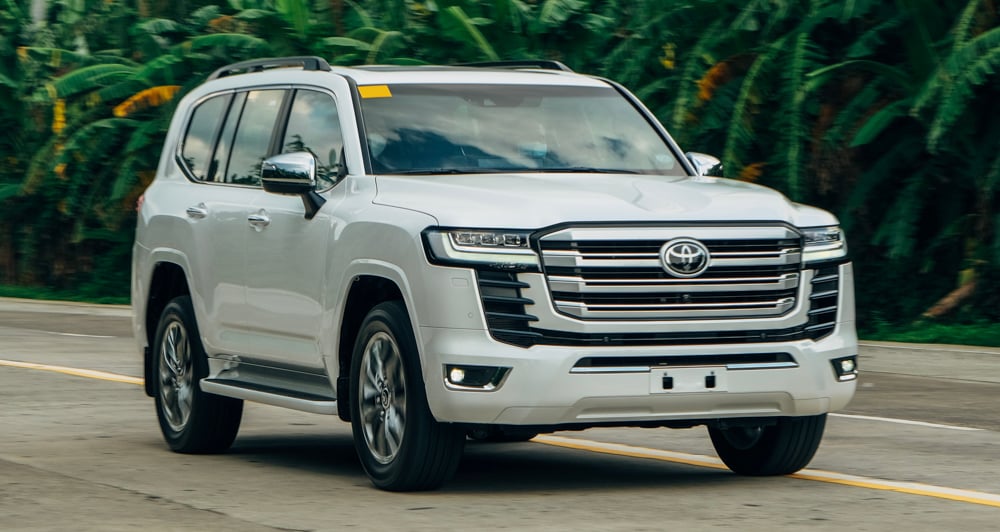
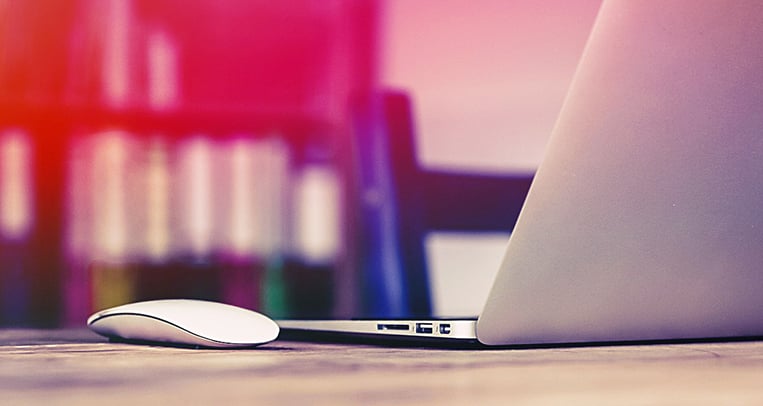

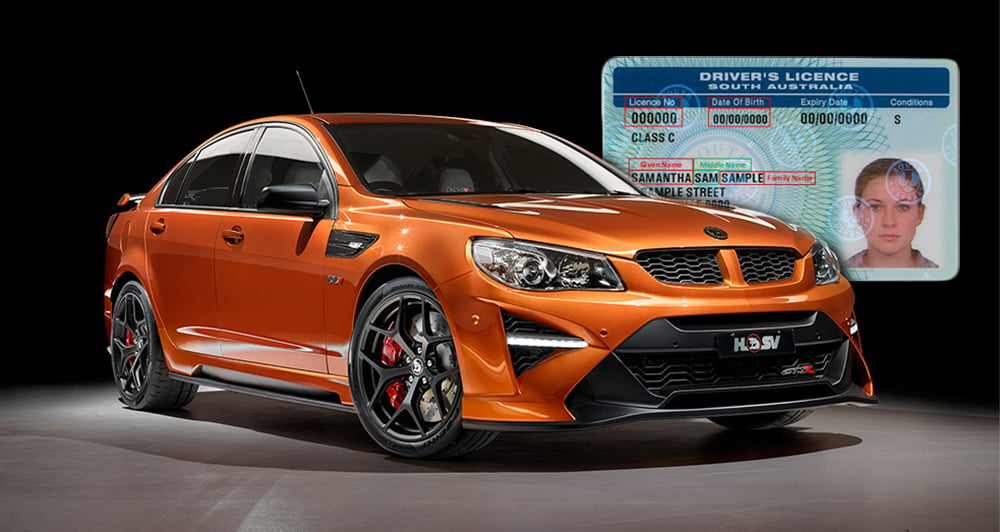
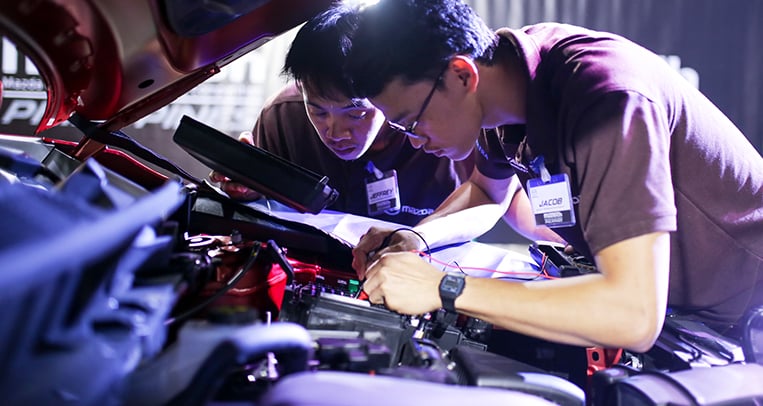
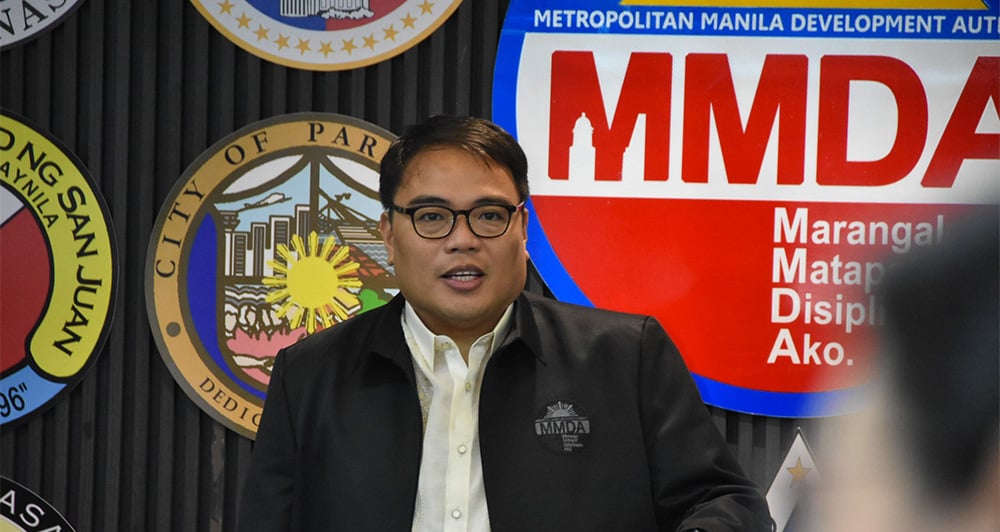

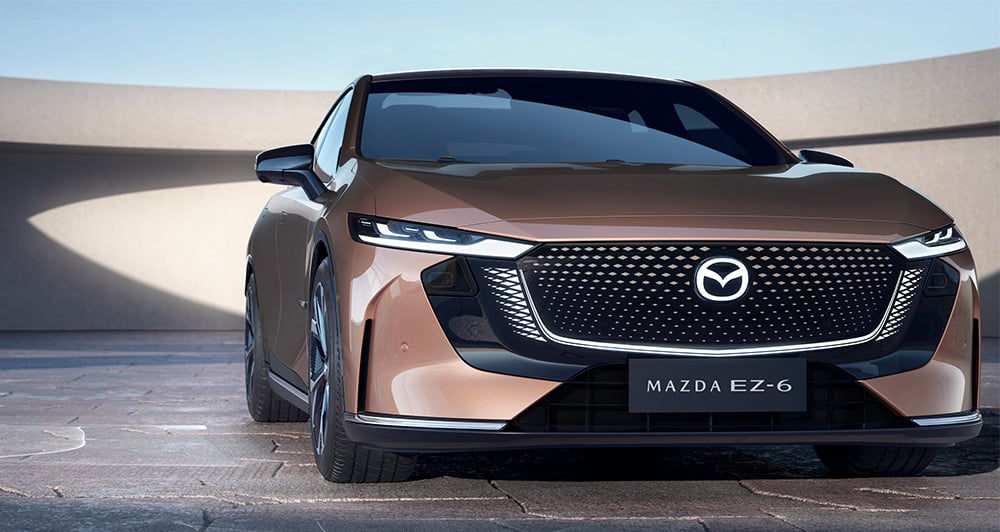
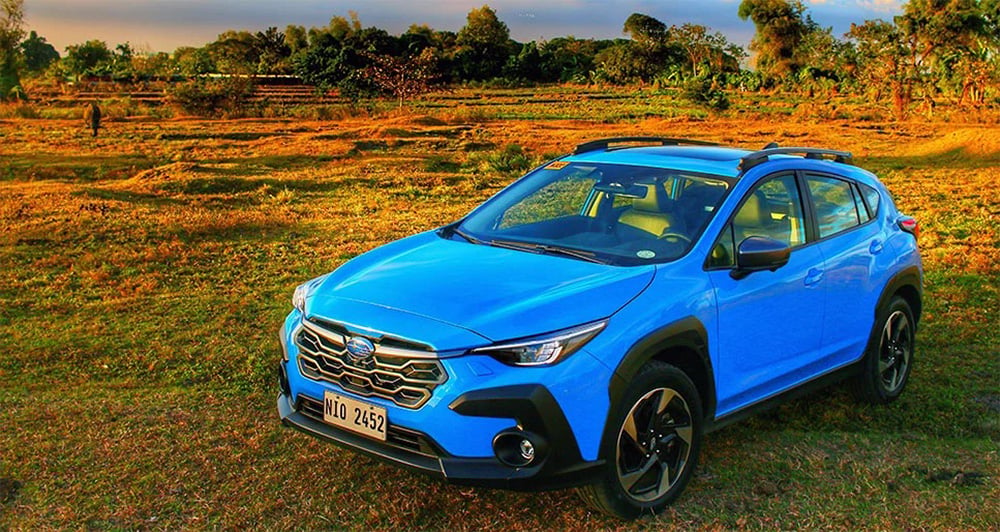

Comments